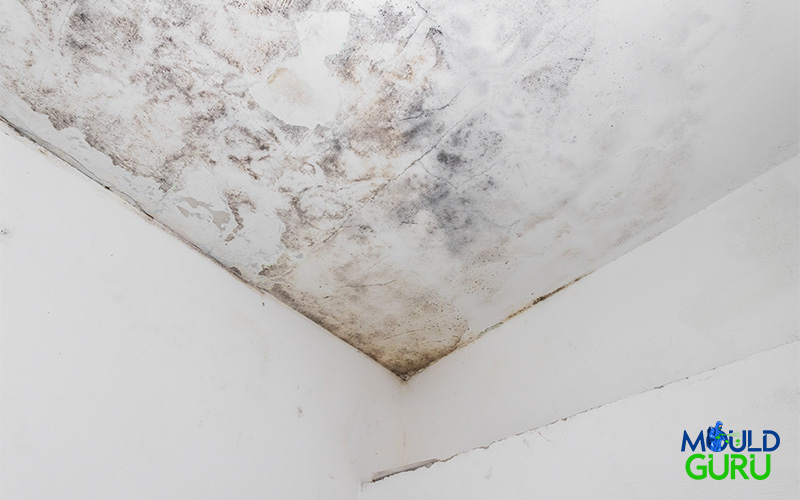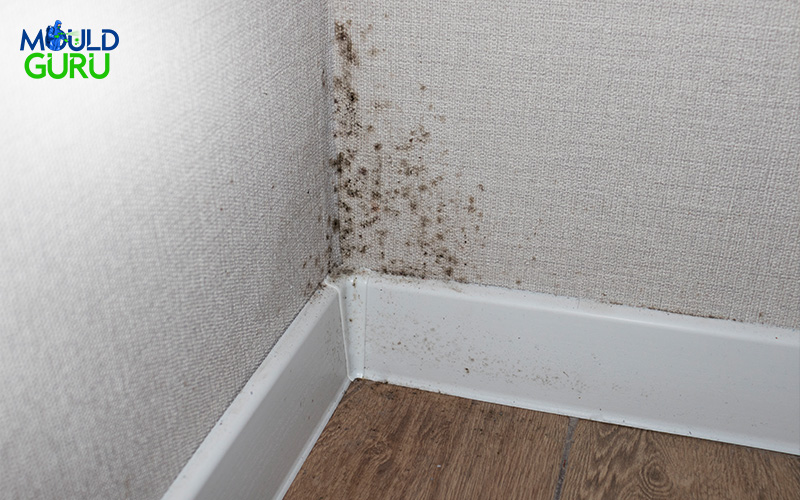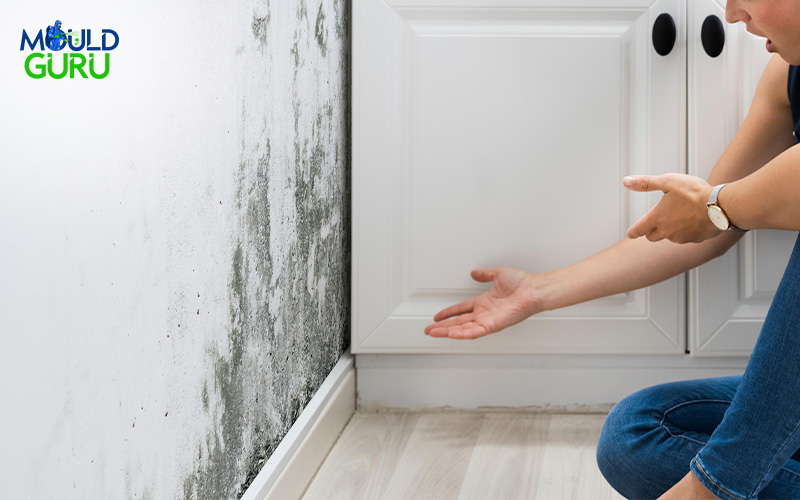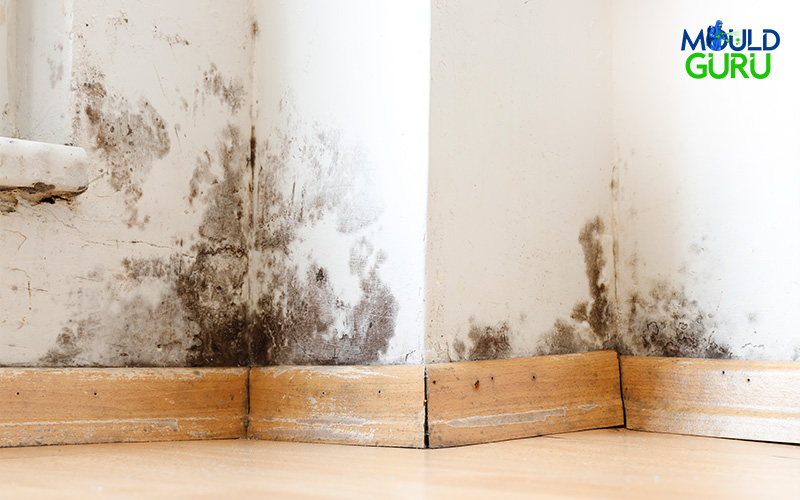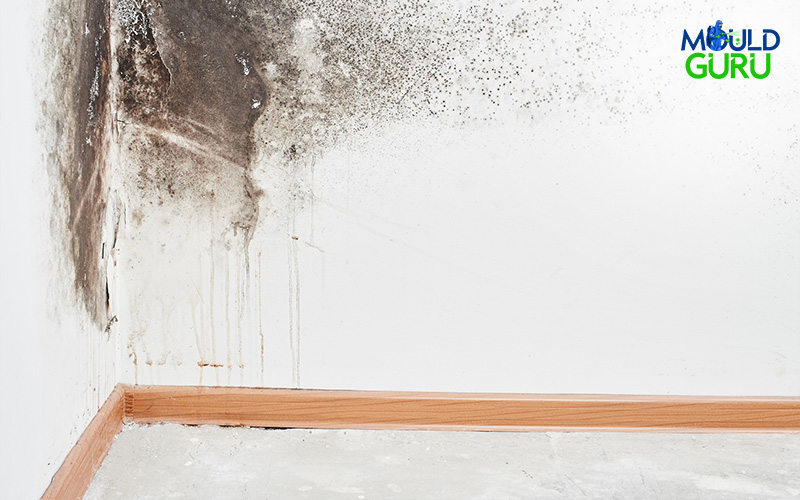Key Takeaways
- Ceiling mould can pose serious health risks, especially for those with allergies, asthma, or weakened immune systems.
- Common causes include poor ventilation, leaks, and high humidity, all of which are common in Singapore’s climate.
- Preventive steps like fixing leaks, improving airflow, and managing humidity are essential to keeping your ceiling mould-free.
At first glance, a bit of discolouration or a faint musty smell on your ceiling may not seem alarming. But beneath that surface lies a persistent problem that could silently be affecting your home—mould on the ceiling. Besides being an eyesore, mould can cause peeling paint, unpleasant odours, and persistent allergies that flare up indoors. Left unchecked, it can even damage your ceiling structure and affect your family’s health. What starts as a minor inconvenience can quickly spiral into an expensive, recurring problem.
So, let’s break down everything you need to know about mould on your ceiling and how to keep it off for good.
1. Health Risks of Ceiling Mould
Mould may be a common household issue, but its impact is far from minor. The spores released by mould are microscopic, meaning you could be inhaling them without even knowing. Over time, these spores can irritate the respiratory system, particularly in individuals with asthma or other breathing difficulties. Symptoms like coughing, sneezing, nasal congestion, and watery eyes may start to surface, even in healthy individuals.
For those with mould allergies or compromised immune systems, the effects can be more severe, potentially leading to chronic sinus infections or skin irritation. In homes with elderly residents or young children, the risks are even greater.
2. Common Causes of Mould on Ceilings
So, what’s feeding this unwelcome guest? One of the leading culprits is poor ventilation. Areas like bathrooms and kitchens, where steam builds up quickly, are especially prone to condensation, creating the perfect breeding ground for mould.
Another common cause of mould on the ceiling is water leakage. A leaky roof, damaged piping, or even air-conditioning issues can result in lingering moisture, which mould thrives on. In Singapore’s tropical climate, high humidity plays a major role as well. Moist air that gets trapped in enclosed or unventilated spaces accelerates mould growth, especially on flat, absorbent ceiling surfaces.
3. Signs of Mould on the Ceiling
Spotting mould early can save you time, money, and stress. Keep an eye out for discoloured patches, often brown, green, black, or grey, that don’t seem to go away. You might also notice damp or swollen sections of the ceiling, which signal moisture retention beneath the surface.
Another red flag is a musty or earthy odour, especially in areas like the bathroom or storeroom. If the smell lingers even after mould cleaning, it could indicate mould growth hidden behind ceiling panels or paint.
4. Preventive Measures for a Mould-Free Ceiling
Prevention is always better than cure, and when it comes to mould, this couldn’t be more true. Here are a few effective strategies to keep your ceilings clean and mould-free:
- Ventilate regularly: Open windows or use exhaust fans, especially in moisture-prone areas, to keep air moving and reduce condensation.
- Fix leaks promptly: Don’t ignore water stains or dripping from the ceiling. Even small leaks can cause large-scale mould issues over time.
- Control indoor humidity: Use a dehumidifier during wet seasons or in rooms that tend to feel stuffy. Keeping humidity levels below 60% is ideal.
- Use mould-resistant paint: In rooms with high moisture, anti-mould paint adds an extra layer of protection to your ceiling surfaces.
- Schedule professional inspections: Mould specialists can detect hidden signs of mould on your ceiling and recommend lasting solutions tailored to your home environment.
If you’re dealing with persistent mould on the ceiling, don’t wait for it to spread or compromise your health. Trust the experts at Mould Guru, Singapore’s leading mould removal specialists. Our team uses advanced techniques to eliminate mould at its root and prevent future growth, so you can breathe easy at home again.
Contact Mould Guru today for a professional mould removal service and a mould-free peace of mind.

